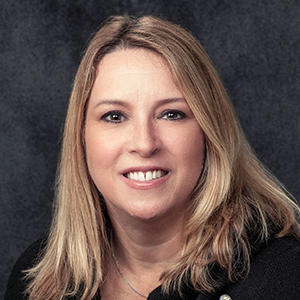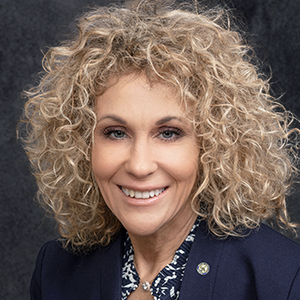
TRENTON, N.J. – Assemblywomen Kim Eulner and Marilyn Piperno are advocating for structural changes to school funding to increase state aid for schools and lower property taxes at the same time.
The Asbury Park TapInto reported Thursday that Democrat Sen. Vin Gopal is looking for a temporary Band-Aid to reduce school funding losses this year.
“Too little, too late isn’t good enough for the school districts that have lost millions of dollars in state aid the past few years,” said Eulner (R-Monmouth). “The state has the money to fund schools up to their adequacy budgets, which would lead to lower property taxes under our proposal.”
Gopal is reportedly working with the Murphy administration to provide $100 million to schools that have lost funding under a state law known as S2. In Legislative District 11, represented by Gopal, Eulner and Piperno, school aid has been cut by nearly $90 million for nine districts alone. The $100 million would likely be used statewide.
“More school funding and lower property taxes is a win-win no matter how you look at it,” said Piperno (R-Monmouth). “We sponsor the only plan that does it, and does it long term. Only reducing cuts to school districts isn’t enough. Our schools need their state aid back and residents need lower property taxes.”
School districts represented by the three lawmakers that are losing aid include: Asbury Park, $34 million (62% of its state funding); Freehold Regional, $28 million (54%); Neptune Township, $19 million (60%); Ocean and Eatontown, $2 million each (27% and 54%); Monmouth Regional and Neptune City, $1.5 million (44% and 65%); and Tinton Falls, $1 million (28%). Allenhurst schools have lost $7,700, which is 16.4% of its state funding.
Those districts would receive all of that money back under the plan sponsored by Eulner and Piperno (A5253). The districts that haven’t been cut would also receive more state aid under the plan than under current law, which corresponds to property tax cuts.
“Another $100 million for all the districts in the state is blotting a paper cut when school districts are hemorrhaging,” said Piperno. “Sometimes people need to realize their mistakes and face reality. S2 was a mistake, and the reality is that the state has the money to lower property taxes, because the same people already paid their fair share in income taxes.”
The assemblywomen’s plan provides as much as $800 million in additional aid for school districts that want to cut property taxes for their residents as well. Any leftover money would go toward school construction and renovations to ensure a safe, secure and up-to-date learning environment.
 It would also give school districts the ability to better prepare for a loss of state aid if a recession or other economic event leads to lower state revenues. Lowering property taxes creates more savings under the 2% property tax cap.
It would also give school districts the ability to better prepare for a loss of state aid if a recession or other economic event leads to lower state revenues. Lowering property taxes creates more savings under the 2% property tax cap.
“We recognize what our schools, our students, and our teachers really need. Providing another $100 million barely covers what the schools we represent need,” said Eulner. “It’s worth asking why anybody would settle for less.”
Gopal voted to pass S2 despite its overwhelming negative effect on the school districts he represents. The net loss of funding is more than $53.6 million.
Every district would gain aid under the assemblywomen’s proposal by changing the state aid obligation to target each school’s adequacy budget, the formula-determined minimum amount to provide a thorough and efficient education under the state constitution.
Currently, the state’s funding target is the difference between the adequacy budget and how much the formula says property taxpayers should pay, known as equalization aid. After next year, equalization aid could become stagnant, and property taxes would have to rise more each year to make up for it.
“We have a constitutional duty to provide a thorough and efficient education,” agreed Piperno. “The state should provide funding up to that level instead of telling property taxpayers that they need to pay more. Anybody who thinks property taxpayers need to pay more must not listen to their constituents, and definitely won’t support our plan.”
